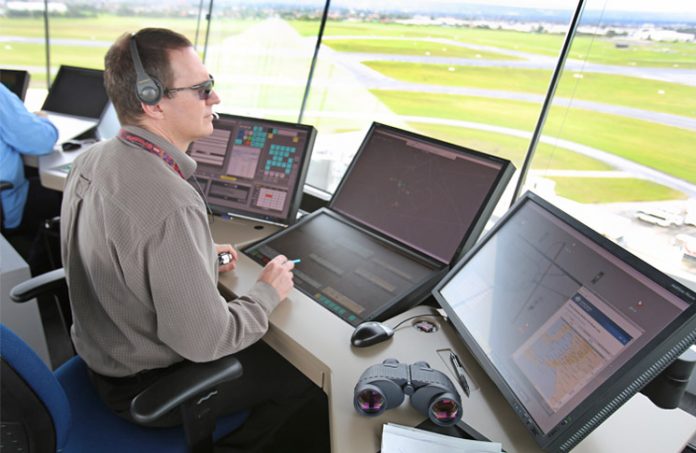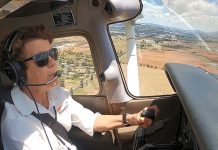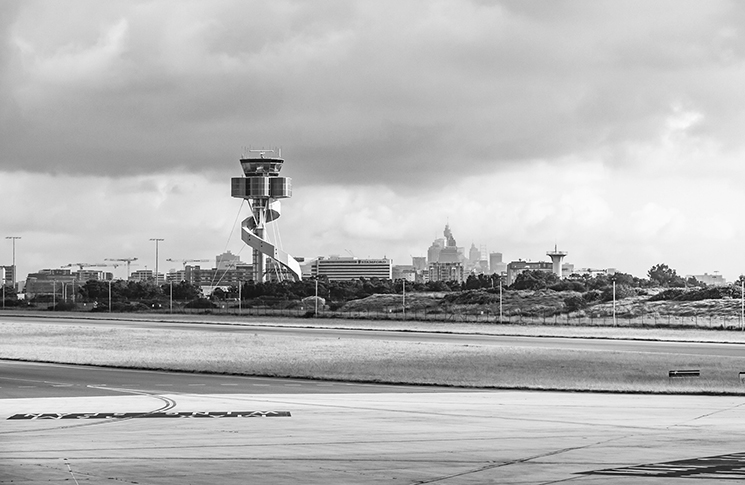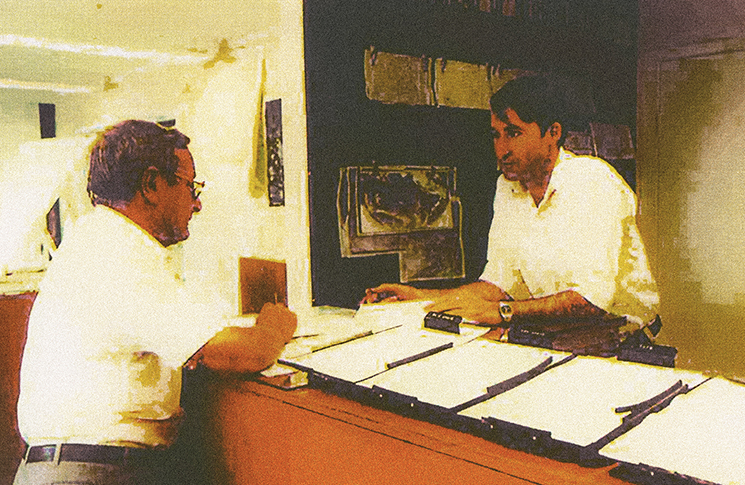One of the most common errors made by pilots relates to incorrect radio calls and readbacks. Most standard radio transmissions and readbacks are in a format that enables both the pilot and the air traffic controller (ATC) to relay required information efficiently and effectively. The use of non-standard radio calls or readbacks affects the ability of ATC to understand your intentions and confirm that you have understood your clearance. If your readback is incorrect or incomplete, ATC will need to confirm your understanding, leading to additional conversation, complexity, workload and frequency congestion, which may impact other aircraft or increase the chances of incorrect information being passed or received.
AIP details pilot radio call and readback requirements. However, generally speaking, the following components of an ATC transmission will require readback:
- route clearance
- holding instructions
- any route and holding point specified in a taxi clearance
- any clearances, conditional clearances or instructions
- approach clearances
- assigned runway
- altimeter settings
- SSR codes
- level instructions.
A frequently encountered example is with an initial taxi request where the pilot correctly requests a taxi clearance and includes all of the required elements (callsign, aircraft type, POB, ATIS and intentions) but forgets to tell ATC one vital piece of information—where the aircraft currently is.
The pilot then needs to correctly read back specific elements of their taxi clearance. Two commonly missed components are the specific runway and the words ‘holding point’. The following example is of a common radio conversation between ATC and a pilot:
ATC: ‘XXX taxi to holding point alpha eight, runway two niner right’
Pilot: ‘taxi alpha eight runway right, XXX’
ATC: ‘XXX confirming, taxi to holding point alpha eight, runway two niner right’
Pilot: ‘taxi alpha eight, runway two nine right, XXX’
ATC: ‘XXX, holding point alpha eight’
Pilot: ‘holding point alpha eight’
Although the pilot might understand the intention of the clearance and believes the readback given is sufficient, if it is not in accordance with AIP, or the controller has any doubt, you may hear a transmission from ATC such as:
ATC: ‘XXX, I need you to repeat after me, holding point alpha eight, runway two niner right’
In this scenario, the route clearance is to a specific location (holding point alpha eight, runway two niner right) and must be read back. The requirement for ATC to challenge the pilot’s readback leads to added workload for both the pilot and the controller, increases radio congestion and may distract the pilot and controller from other tasks.
Another common error, which has led to runway incursions, is a pilot believing that receipt of either an airways clearance or taxi clearance includes an implied clearance to enter a runway and, in some instances take-off. This is not the case. A specific clearance is required from ATC to enter, cross, taxi along, backtrack, line up on, or take-off on any runway.
All information on readback requirements are found in AIP GEN 3.4, 4.4.
For more information on working with ATC, view the Pilot and Airside Safety page on the Airservices website at www.airservicesaustralia.com






Whilst I do not enter controlled airspace and am a VFR pilot of some 1500 hours single and twin experience, I am concerned at the quality of radio calls OCTA. Some pilots neglect to finish with station addressed, others make a call so quickly that it cannot be understood at all. Requests to repeat such a call is usually ignored – this is a very dangerous situation as one is not able to determine the location of the aircraft. Another major problem is that the transmission quality, due to poorly functioning radio, is so poor that it is unreadable. A further problem is the quality of “spoken english” – again it is sometimes difficult to understand the pilots position and intentions. I fly my own aircraft and request radio checks from time to time and ensure that my radio is functioning properly. Flight schools and clubs hiring aircraft out should be compelled to ensure that their radio is functioning properly and that pilots are using the radio correctly.
Reply to Geoff Stevens.
Geoff, try to understand those Chinese students at Mildura and Wentworth, their instructors make most of the calls for them because nobody can understand them.
It’s all about bucks.
Thanks Jim, The same applies at Ballarat. I do not know how safe operations will be if these trainees become international pilots!!!
Yes …the faster the transmission ..the more adept the pilot may seem ..albeit few understand what was actually said.
Also I consider the aircraft make plus 4 reg numbers in RA aircraft call sighs is unnecessary and confusing. I rarely pick up the 4 numbers from other aircraft …I have even been requested by ATC to repeat the 4 reg numbers.
Plane make and last 2 reg numbers would be more concise & efficient.
I agree John, about faster transmission. I seems to me that the pilots who who transmit very fast think they are more professional, whereas, all they are doing is creating a hazardous situation where they and others in the area are put in a dangerous situation.
Agreed correct read-backs are important. This can be facilitated by the controller NOT talking as fast as possible and running words into each other.
I agree with all comments here, especially from rapid fire ‘Top Gun’ transmissions.
ATC may be used to them, but their not the only ones listening out for traffic.
I also avoid controlled air space, but listen on the correct frequencies, John you raised a very good point, if driving an RV under RAAus rego, as an example: Vans RV 3 19-1234 Even called as RV3 1234 whoever is on the receiving end of that has more than likely missed half the numbers.
So l agree, why can’t it be RV34, it’s a lot easier than ‘Romeo Victa 34’ and better than X-ray Yanky Zulu.
RV denotes RAA rego and the last two rego numbers.
But that would not suit RAA or those trying to collect landing fee’s would it?
RAAus wants to feed its members (that give them an income with perks) to the wolves by releasing members privacy details like CASA does.